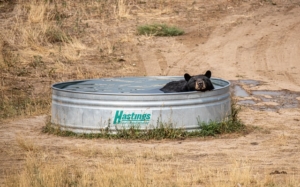 The idea of using geothermal pools of some kind for the purpose of relaxation, healing, recreation, or even cooking, is not a new concept. Civilizations have enjoyed the many benefits of geothermal pools since ancient times. Would you believe that the practice of utilizing natural thermal heat to release toxins has been dated back to the Neolithic Age. As nomadic tribes would travel from place to place, they would often seek reprieve from bitter or blustery cold by soaking in the various natural hot springs they would come across.
The idea of using geothermal pools of some kind for the purpose of relaxation, healing, recreation, or even cooking, is not a new concept. Civilizations have enjoyed the many benefits of geothermal pools since ancient times. Would you believe that the practice of utilizing natural thermal heat to release toxins has been dated back to the Neolithic Age. As nomadic tribes would travel from place to place, they would often seek reprieve from bitter or blustery cold by soaking in the various natural hot springs they would come across.
One of the earliest known “public baths” has been dated back to approximately 2500 BC in Mohenjo-Daro (present day Pakistan). Archeologists unearthed this treasure from the past in the early 1900s. This early discover did not provide a definitive peek into the uses of pools like this, and was believed to have been used in a temple due to the later links between religious beliefs and cleanliness. The Romans would later adopt the practice of “public bathing” in approximately 300 BC. This was a time for individuals to come together, relax and socialize, and re-energize after a long work week.
Geothermal Pools – Traditions Around the World
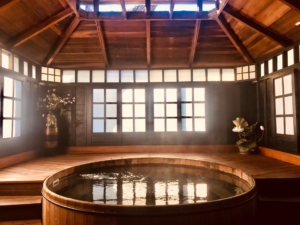 1. Japanese Onsen
1. Japanese Onsen
Onsen are naturally occurring geothermal hot springs that are found throughout the Japanese island nation. With the incredible geographic location of Japan, on the Pacific Ring of Fire, the island nation is able to enjoy almost 30,000 onsen! The Japanese legal definition of an Onsen states that the water must contain at least one of the 19 designated chemical elements, including minerals such as iron, sulfur, and metabolic acid. The water must also be 25 degrees Celsius (77 degrees Farenheit) or warmer before being reheated.
Although the exact origins of onsen are unknown, researchers have found text dating back to the 1st century referencing three of Japan’s oldest onsen: Ehime Prefecture’s Dogo Onsen, Wakayama Prefecture’s Shirahama Onsen, and Hyogo Prefecture’s Arima Onsen. The use of onsen was not always available to everyone as it is today. For example, during the Kamakura period, the use of onsen, “health resorts,” was deemed a luxury keeping it reserved for nobles and warriors.
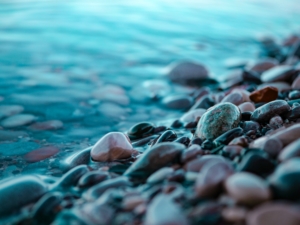 2. Korean Jimjilbang
2. Korean Jimjilbang
You may be like me in that I was unfamiliar with the term “jimjilbang.” An easy definition would be a gender-segregated Korean spa and bathhouse. The use of jimjilbang has been around for thousands of years, and have been thought to help with joint pain, promote circulation, and detoxify (among other amazing properties).
One who visits a jimjilbang would be provided a towel and an exfoliating mitt. Those who bathe are expected to completely disrobe and shower prior to entering the healing waters. This has been the tradition since the waters were first in use, and continue today. The belief is that by avoiding the introduction of things like cloth into the geothermal waters, then the possible unhealthy bacteria that could grow is significantly decreased.
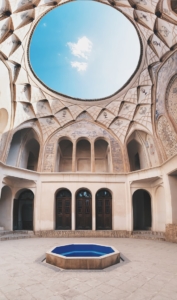 3. Turkish Hammam
3. Turkish Hammam
What is a Turkishh hammam? The word “hamam” literally translates to steam bath. The use of “public baths” have been a central part of daily life in Istanbul since the Roman and Byzantine times. From early periods, people would use their times soaking in Byzantine baths to socialize, discuss politics, or meet with friends.
Life was similar in Central Asia where the Turkic people used “Manchu” (steam baths) for much the same purpose. Roman bath culture seamlessly merged with the Asian traditions, and “Turkish bath” was born. There are some differences between the Roman bath style and the Turkish counterpart. A traditional Turkish hammam consists of three sections: the cool room, the tepidity room, and the harrare (hottest room).
Customarily, baths were gender-segregated. If a location only had one bath, then men would go on different days than women. Other locations were known as “double baths” where separate areas for men and women were available. Turkish hammam moved beyond just a time to soak. The people would sometimes hold parties or events during bathing. Some examples of this would be a bridal bath ceremony held the day before the wedding festivities or the “forty-day bath” which marked the 40th day following a child’s birth or the tear-drying bath was held for all friends and family of the deceased 20 days after death.
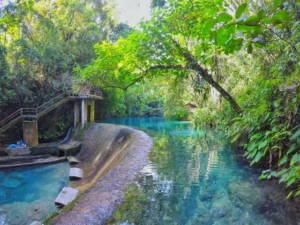 Surprisingly, documentation from the 16th century reflect that empire officials would often use their personal money to fund charitable baths in areas that included hospitals, mosques, libraries, schools, etc. You can still find baths from the Ottoman period in various states of disrepair in Europe, the Middle East, and North Africa.
Surprisingly, documentation from the 16th century reflect that empire officials would often use their personal money to fund charitable baths in areas that included hospitals, mosques, libraries, schools, etc. You can still find baths from the Ottoman period in various states of disrepair in Europe, the Middle East, and North Africa.
Although the practice of soaking in geothermal pools has been a long-standing tradition in many civilizations and cultures around the world, it has also evolved throughout history into the relaxing getaway that we know and love today.
Yellowstone Hot Springs provides natural geothermal pools for thousands of visitors a year. We are based in Gardiner Montana, just a few miles from the entrance to Yellowstone National Park. Come visit us for a soak sometime and enjoy relaxing in our geothermal pools nestled in the mountains of Montana.
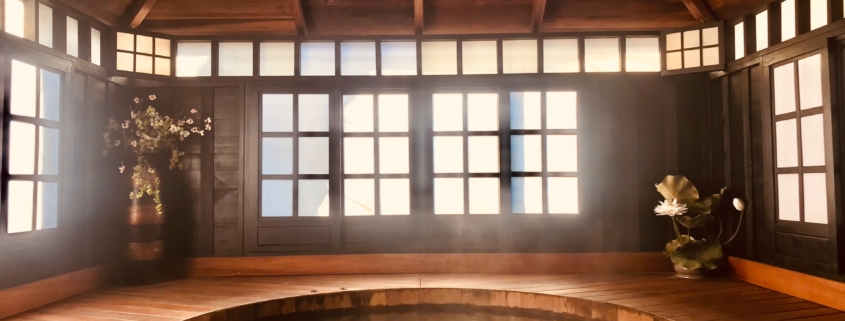



Leave a Reply
Want to join the discussion?Feel free to contribute!